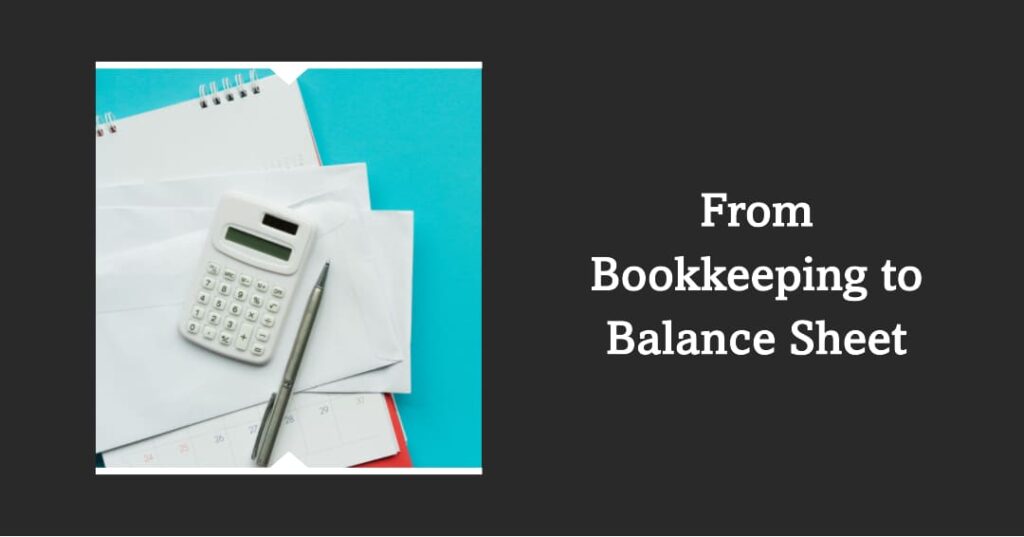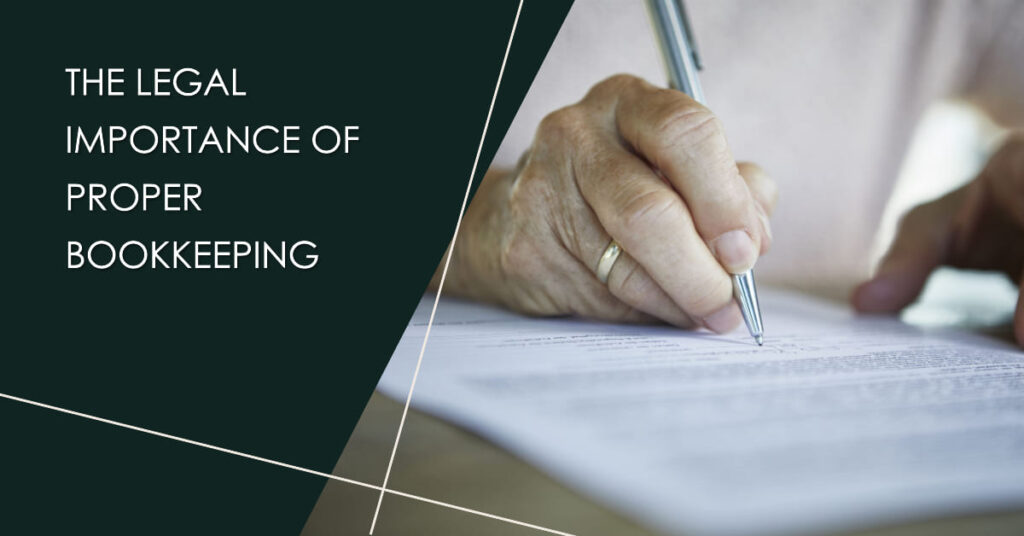Bookkeeping to Balance Sheet
In context with Bookkeeping to Balance Sheet, Recording financial transactions is a fundamental process in accounting that involves systematically documenting and organizing all monetary activities within a business. It is crucial for maintaining accurate and reliable financial records.
When recording financial transactions, several key elements are captured. These include the date of the transaction, a brief description of the nature of the transaction, and the monetary amount involved. Additionally, each transaction is categorized based on its impact on various accounts, such as assets, liabilities, equity, revenues, and expenses.
In context with Bookkeeping to Balance Sheet, The process typically starts with the use of source documents, such as invoices, receipts, and bank statements, which serve as evidence of the transaction. This information is then recorded in a journal, often using a double-entry system. In this system, each transaction affects at least two accounts, with one account debited and another credited, ensuring that the accounting equation remains balanced.
The recorded transactions are then transferred to the general ledger, a central repository of all accounts. Each account in the general ledger contains a running balance, reflecting the cumulative effect of all related transactions.
In context with Bookkeeping to Balance Sheet, Accurate recording of financial transactions is essential for several reasons. It provides a clear audit trail, enables the preparation of financial statements, facilitates analysis of business performance, supports decision-making, and ensures compliance with legal and regulatory requirements.
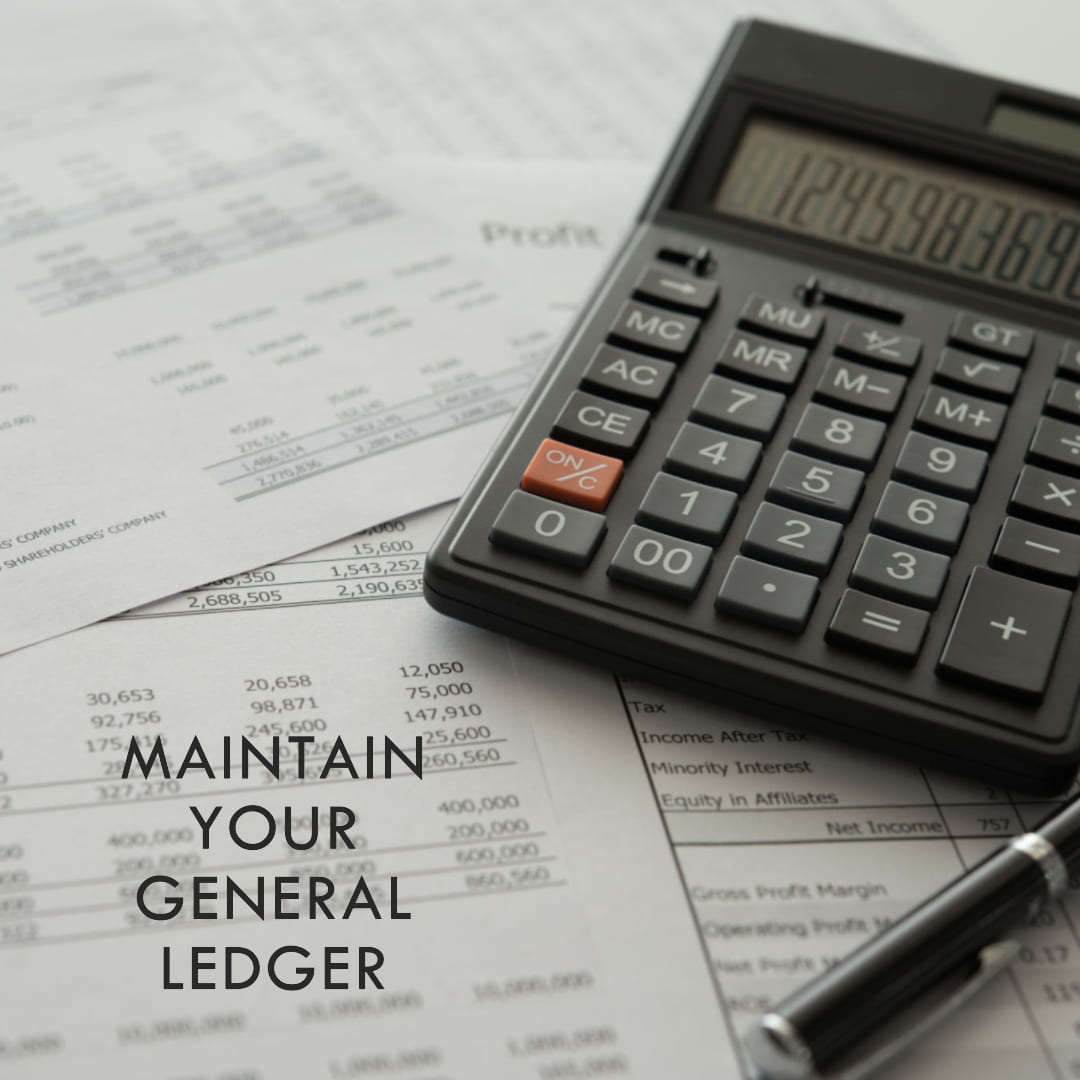 Maintaining the General Ledger
Maintaining the General Ledger
In context with Bookkeeping to Balance Sheet, Maintaining the general ledger is a critical task in accounting that involves organizing and updating all the accounts of a business in a central repository. The general ledger serves as a comprehensive record of a company’s financial transactions and is vital for producing accurate financial statements.
The general ledger consists of individual accounts that represent various aspects of the business, such as assets, liabilities, equity, revenues, and expenses. Each account contains a running balance, which is continuously updated as new transactions are recorded.
To maintain the general ledger, accountants post journal entries to the appropriate accounts. A journal entry summarizes the impact of a specific transaction and includes the date, description, and monetary amount. It follows the principles of double-entry bookkeeping, where debits and credits are recorded to ensure that the accounting equation remains in balance.
Accountants must ensure the accuracy and integrity of the general ledger by reviewing and verifying the posted entries. Regular reconciliations with subsidiary ledgers, bank statements, and other supporting documentation are performed to identify and resolve any discrepancies.
The general ledger serves as the foundation for financial reporting and analysis. It provides a complete picture of a company’s financial health, allowing stakeholders to assess performance, make informed decisions, and comply with regulatory requirements. Additionally, it supports the preparation of financial statements, such as the balance sheet, income statement, and cash flow statement, which provide insights into the company’s financial position and performance.
Adjusting Entries and Accruals
In context with the Bookkeeping to Balance Sheet, Adjusting entries and accruals are important components of the accounting process that ensure accurate financial reporting by matching revenues and expenses to the period in which they are earned or incurred. These entries are made at the end of an accounting period, usually before preparing financial statements.
Adjusting entries are necessary because some transactions and events may not be captured in the regular recording process. They help align the financial records with the economic reality of the business. Adjusting entries typically fall into two categories: accruals and deferrals.
Accruals involve recognizing revenues or expenses in the accounting period in which they are earned or incurred, regardless of when the associated cash is received or paid. For example, if a company provides services to a customer in one month but invoices the customer in the following month, an adjusting entry is made to recognize the revenue in the first month.
In context with Bookkeeping to Balance Sheet, Deferrals, on the other hand, involve postponing the recognition of revenues or expenses to future accounting periods. This occurs when cash is received or paid in advance of the related revenue or expense. For instance, if a company receives an advance payment from a customer for services that will be provided in the following month, an adjusting entry is made to defer the revenue recognition until the services are delivered.
In context with Bookkeeping to Balance Sheet, The purpose of adjusting entries and accruals is to ensure that financial statements accurately reflect the financial position and performance of a business for a given accounting period. By properly matching revenues and expenses, adjusting entries help provide a more realistic representation of the company’s financial results, aiding in decision-making, analysis, and compliance with accounting principles and standards.
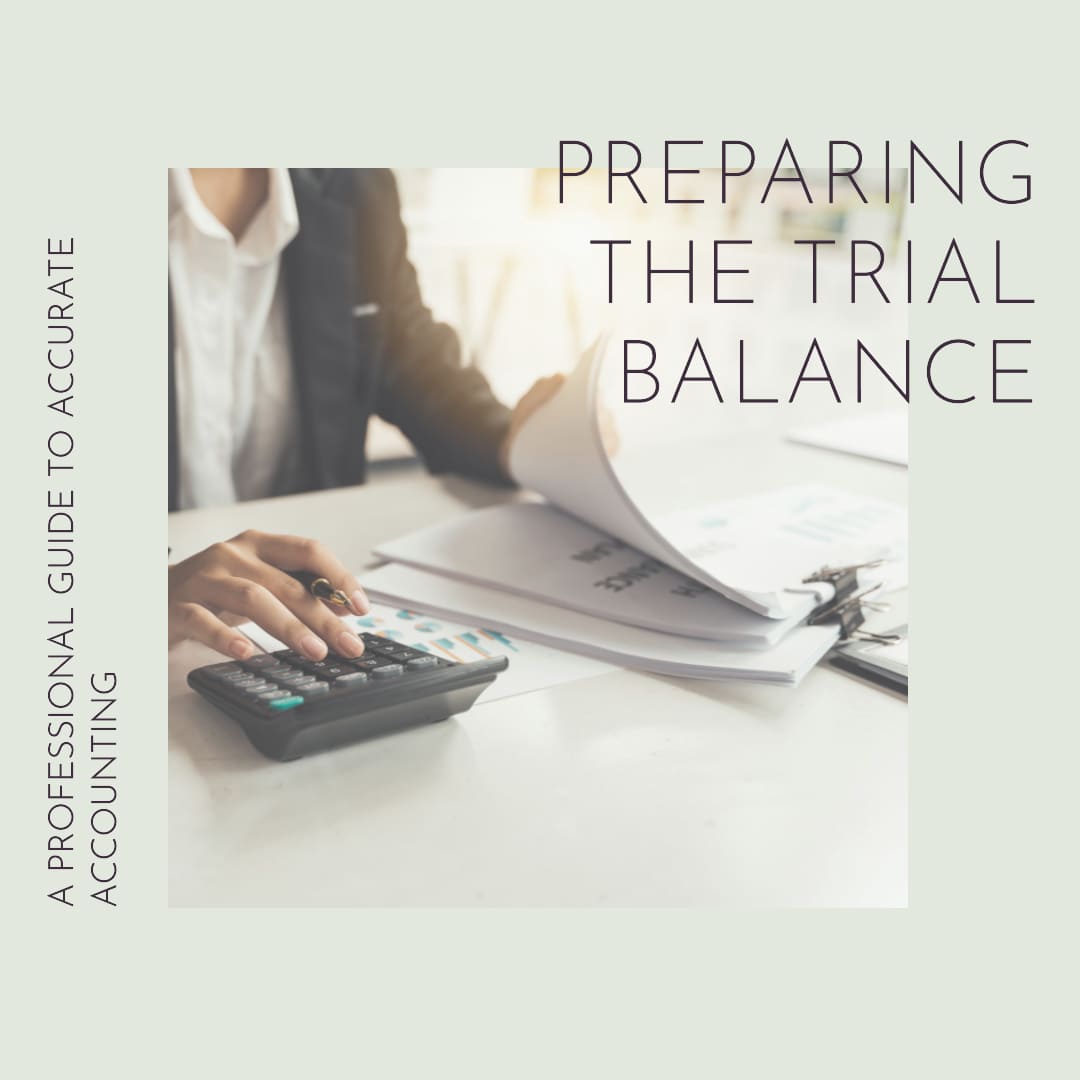 Preparing the Trial Balance
Preparing the Trial Balance
In context with the Bookkeeping to Balance Sheet, Preparing the trial balance is a crucial step in the accounting cycle that helps ensure the accuracy of financial records and serves as a basis for preparing financial statements. The trial balance is a list of all general ledger accounts with their respective debit and credit balances.
To prepare the trial balance, accountants gather the ending balances of each account from the general ledger. They then classify these balances as either debit or credit based on their normal balance in the accounting system. Debit balances are typically associated with asset and expense accounts, while credit balances are associated with liability, equity, and revenue accounts.
The purpose of the trial balance is to verify the equality of debits and credits in the general ledger. It serves as a preliminary check to ensure that all transactions have been properly recorded and that the accounting equation (assets = liabilities + equity) is in balance. If the total debits and credits in the trial balance are equal, it indicates that the books are in balance.
However, it’s important to note that a balanced trial balance does not guarantee the absence of errors. It only confirms the equality of debits and credits. Mistakes such as incorrect postings, omissions, or transposition errors can still occur, leading to an imbalanced trial balance despite accurate debits and credits.
The trial balance is a useful tool for identifying errors and conducting further analysis. If the trial balance doesn’t balance, accountants can review the ledger accounts and make adjustments or corrections to rectify the discrepancies. Once the trial balance is in balance, the accountant can proceed with preparing accurate financial statements, such as the income statement and balance sheet, based on the information presented in the trial balance.
Classifying Assets and Liabilities
In context with Bookkeeping to Balance Sheet, Classifying assets and liabilities is a crucial step in accounting that involves categorizing and organizing these elements based on their characteristics and nature. Proper classification allows for accurate financial reporting, analysis, and decision-making.
In context with Bookkeeping to Balance Sheet, Assets represent the resources owned or controlled by a company, which have economic value and can generate future benefits. They are typically classified into current assets and non-current assets. Current assets include cash, accounts receivable, inventory, and short-term investments, among others. These are assets that are expected to be converted into cash or used up within one year. Non-current assets, also known as long-term assets, include property, plant, equipment, intangible assets, and long-term investments. These assets have a longer useful life and are not expected to be converted into cash within a year.
In context with Bookkeeping to Balance Sheet, Liabilities, on the other hand, represent the obligations or debts owed by a company to external parties. Like assets, liabilities are also classified into current and non-current categories. Current liabilities include accounts payable, short-term loans, and accrued expenses, which are expected to be settled within one year. Non-current liabilities, also known as long-term liabilities, include long-term loans, bonds payable, and pension obligations. These are obligations that extend beyond one year.
In context with Bookkeeping to Balance Sheet, In addition to the current and non-current classifications, liabilities can also be categorized based on their nature, such as financial liabilities (e.g., loans), operating liabilities (e.g., accounts payable), and contingent liabilities (potential obligations that may arise depending on certain events).
In context with Bookkeeping to Balance Sheet, Proper classification of assets and liabilities is essential for accurate financial reporting, as it provides stakeholders with a clear understanding of a company’s financial position and obligations. It facilitates analysis, decision-making, and compliance with accounting standards and regulations.
Calculating Shareholders’ Equity
In context with Bookkeeping to Balance Sheet, Calculating shareholders’ equity is a fundamental step in assessing the financial health of a company and understanding the shareholders’ stake in the business. Shareholders’ equity represents the residual interest in the assets of a company after deducting its liabilities.
In context with Bookkeeping to Balance Sheet, The calculation of shareholders’ equity starts with determining the total assets of the company. Assets can include cash, accounts receivable, inventory, property, plant, equipment, investments, and other tangible and intangible assets.
In context with Bookkeeping to Balance Sheet, Next, the total liabilities of the company are identified. Liabilities encompass all the obligations owed by the company, such as accounts payable, loans payable, accrued expenses, and other outstanding debts.
Finally, shareholders’ equity is calculated by subtracting the total liabilities from the total assets. This represents the shareholders’ claim on the remaining assets once all obligations have been settled. a Shareholders’ equity can consist of various components, including:
Common stock: The value of shares issued to shareholders.
Additional paid-in capital: The amount received from shareholders in excess of the par value of the shares issued.
Retained earnings: The accumulated profits or losses retained in the company over time, after dividends and distributions to shareholders.
Accumulated other comprehensive income: This includes gains or losses that are not recognized in the income statement but are included in shareholders’ equity, such as unrealized gains or losses on investments.
In context with Bookkeeping to Balance Sheet, By calculating shareholders’ equity, stakeholders can assess the net worth of the company and evaluate its financial stability, profitability, and ability to generate returns for shareholders. Shareholders’ equity is an important metric for investors, creditors, and analysts to understand the financial standing of a company and make informed decisions regarding their investment or lending activities.
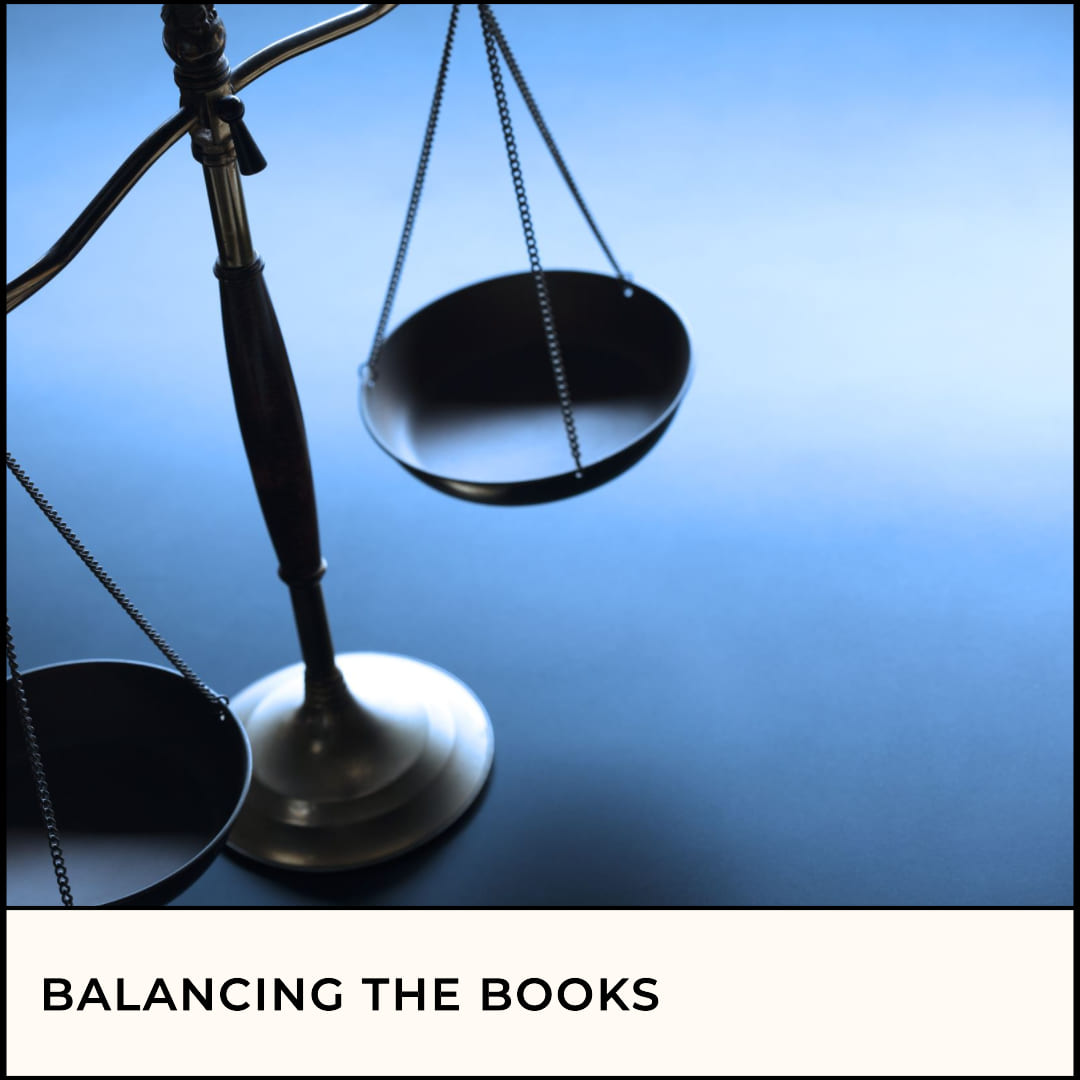 Balancing the Balance Sheet
Balancing the Balance Sheet
In context with Bookkeeping to Balance Sheet, Balancing the balance sheet is a critical process in accounting that ensures the equation of assets = liabilities + shareholders’ equity is maintained. It is essential to maintain the fundamental principle of double-entry bookkeeping and accurate financial reporting.
To balance the balance sheet, the total assets of a company must be equal to the sum of its liabilities and shareholders’ equity. This equation represents the fundamental accounting equation and reflects the company’s financial position at a specific point in time.
To achieve balance, accountants carefully review and reconcile the various components of the balance sheet. They ensure that all assets, liabilities, and shareholders’ equity items are properly classified, accurately valued, and recorded.
In context with Bookkeeping to Balance Sheet, Accountants verify that all assets, such as cash, accounts receivable, inventory, and property, are appropriately listed and totalled. They confirm that all liabilities, including accounts payable, loans payable, and accrued expenses, are accurately recorded and accounted for. Additionally, they ensure that shareholders’ equity items, such as common stock, additional paid-in capital, retained earnings, and accumulated other comprehensive income, are correctly included and balanced.
If discrepancies or imbalances are identified during the review process, accountants investigate and make necessary adjustments to correct any errors. These adjustments may involve reclassifying items, updating values, or revising entries to achieve balance.
In context with Bookkeeping to Balance Sheet, Balancing the balance sheet is vital as it provides stakeholders with an accurate snapshot of a company’s financial position and demonstrates the equality between its sources of funds (liabilities and shareholders’ equity) and its uses of funds (assets). A balanced balance sheet is crucial for financial analysis, decision-making, and compliance with accounting standards and regulations.

